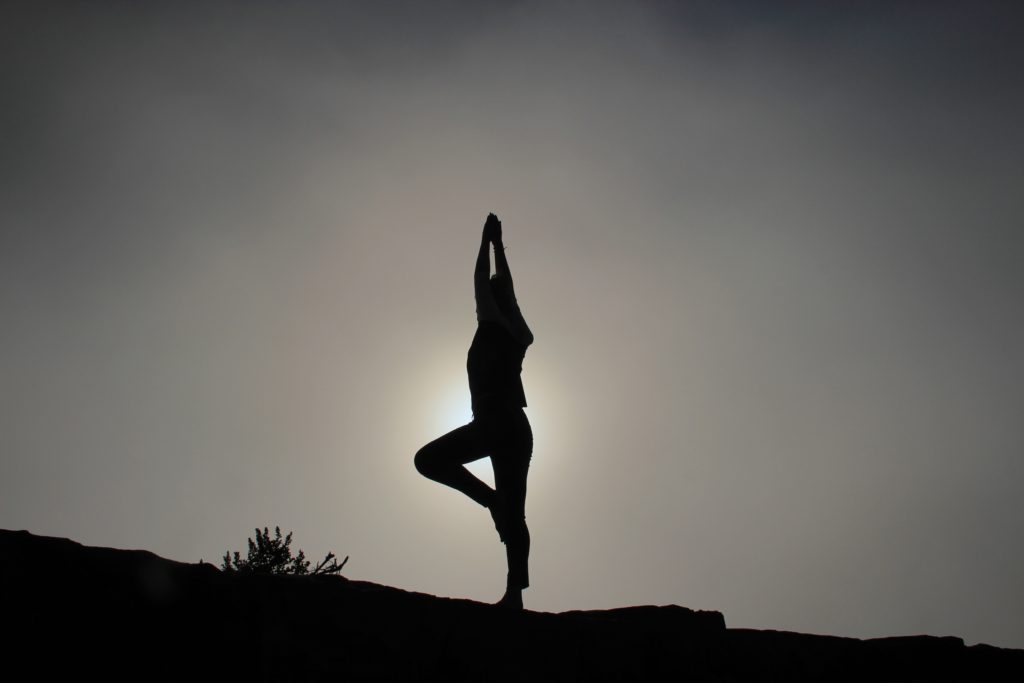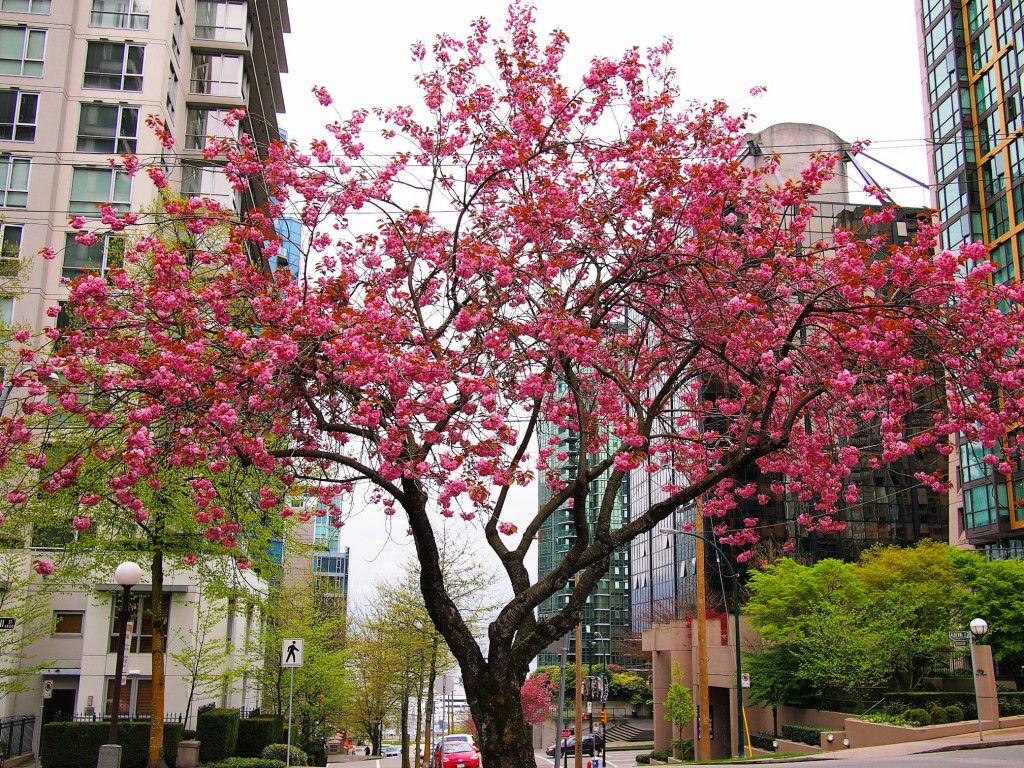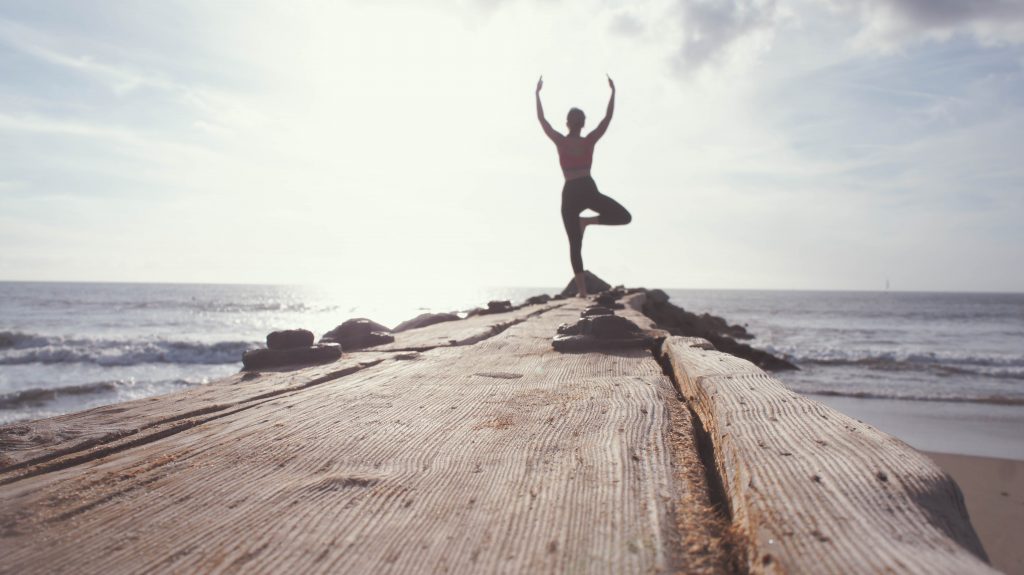
Tree Pose: Grounding and Balancing Us for Spring
Imogene Husham, via Flickr Creative Commons
As we turn the corner into spring, the landscape around us begins to change. Not only do our external surroundings change, but so do our internal ones.
Tree pose helps to brings us into harmony and awareness; it lets us take root so we can bloom
For those of us who live in climates that change with the seasons, the winter is a time that our energy and awareness turn inward. Much like other animals that hibernate in the cold months of winter, we also slow down and reflect. Our lives may become a bit smaller with the snow and cold and we may find ourselves more introspective during these months.
As spring arrives, the plants start to emerge, and we begin to notice a revival of energy and greater sense of inspiration. This energy seems to support new beginnings and a push to move forward. That push is seen all over nature as birds become more active and plant life is accelerated.
Our yoga practice can also take a new shape as we begin to introduce practices that help keep us balanced during this time of change. Tree pose helps to brings us into harmony and awareness; it lets us take root so we can bloom.
How to Practice The Tree
(Try to practice barefoot, since there are many synovial joints in the feet that with movement become more lubricated, which provides better balance. When we wear shoes, our feet aren’t allowed to move in the same way and these joints can become sticky and dry, making it harder to balance.)
Part One
As you stand comfortably, let your feet find the support of the earth. Allow yourself to become aware of the downward pull of gravity as it carries weight through the bones. Use your imagery practice to imagine the feet growing roots just like a tree as if you are planting your feet in fresh soil. These roots allow the tree to be supported, yet flexible so that when the wind blows the tree can move without breaking. Now let yourself sway a bit from side to side. When you feel balanced, pick up one foot and place that heel on the other anklebone while the ball of the foot and toes stay on the floor for support. If you need the help of a chair or wall let yourself hold on while you practice.
Once you feel steady, bring the palms together at the center of the chest. Let the breath flow as you feel the support of the standing leg.
If you want to, you can slide the food to the ankle, knee, or thigh to play with balance even more. Casting the gaze downward can help to steady the pose. Let yourself continue to breathe smoothly and evenly.
Part Two
After finding a steady and balanced Tree, bring in your arms. Start to reach the palms up from the heart into the sky as if you’re growing branches, and then with a long slow exhale let them float down to the sides like they are floating through a warm pool of water. You can do this arm movement several times to invoke a greater sense of balance.
(Note: When your arms are moving, they are improving the flow of blood and energy to and from the heart. In the case of CVD you should not hold the arms up overhead for any length of time, but rather keep them moving and flowing. )
With practice, the Tree pose improves venous return in the legs, promotes better balance, aides in better blood flow to and from the heart, strengthens the legs and teaches us to navigate the changes around us by staying grounded and balanced through the winds of change. Observe how the tree can help you take root to bloom.
Yoga offers a variety of poses that can help us find balance.
What do you notice when you practice balancing poses?








